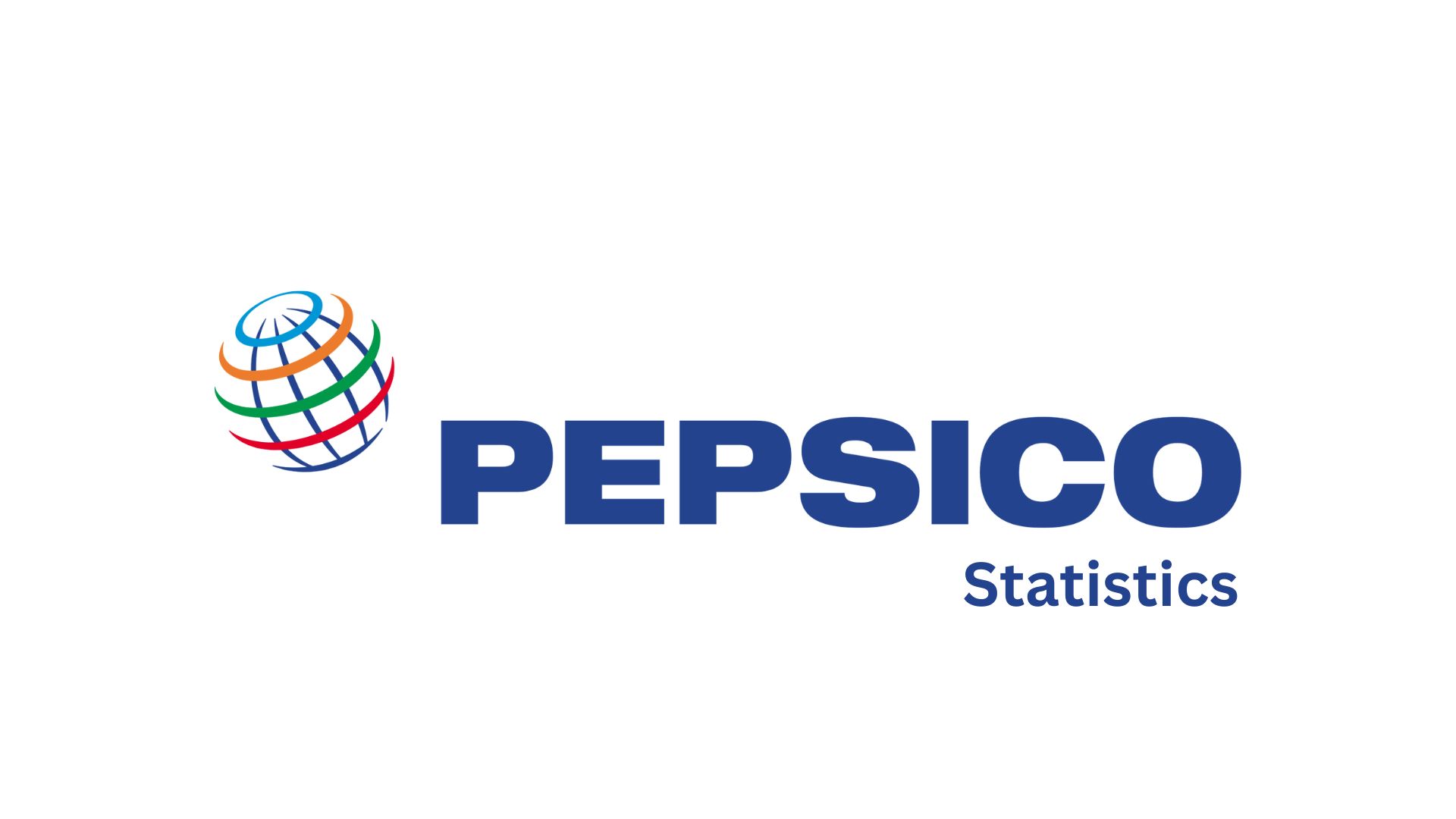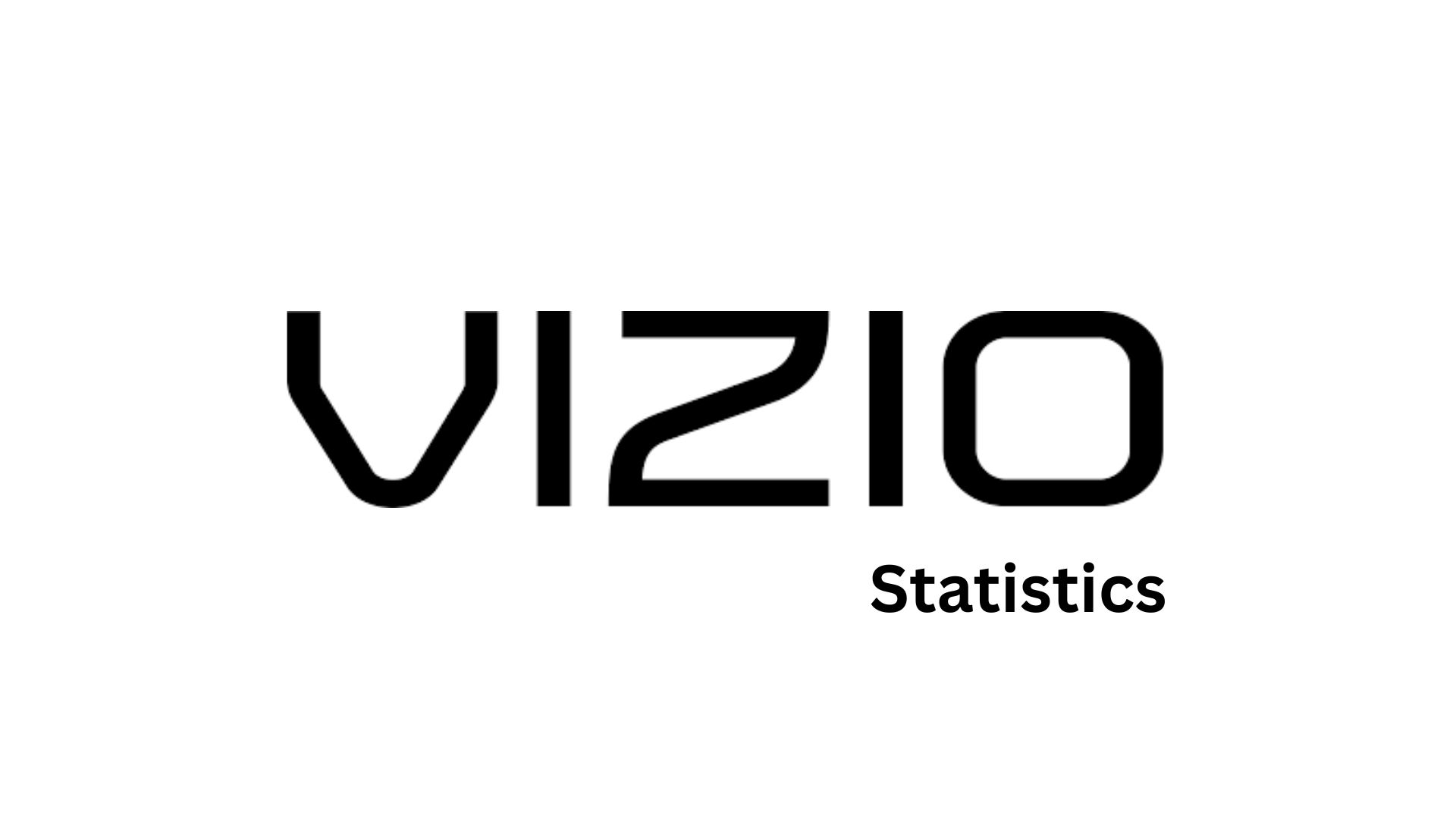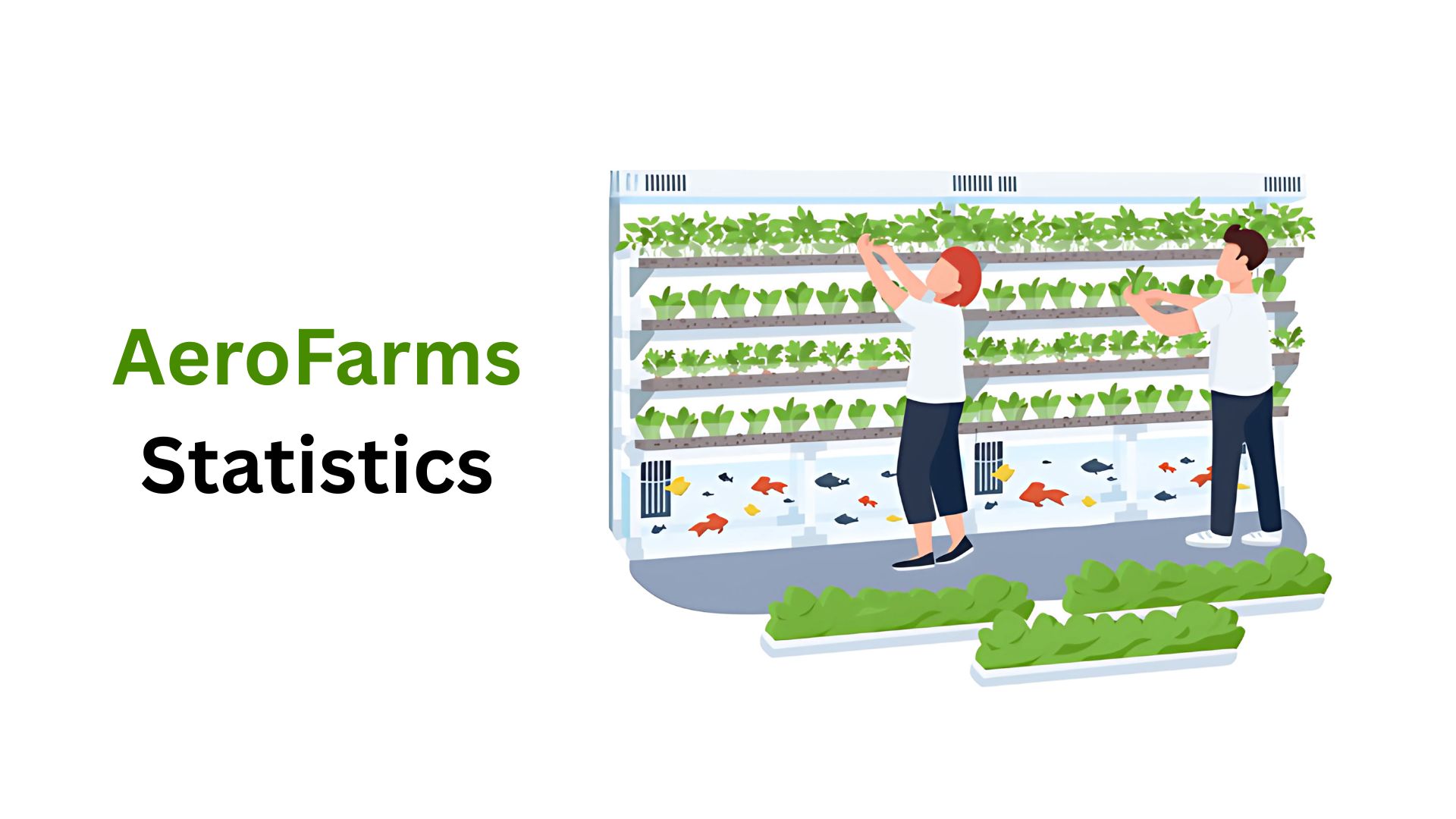DDoS Statistics By Market Share, Impact And Facts (2025)

Updated · Jun 23, 2025

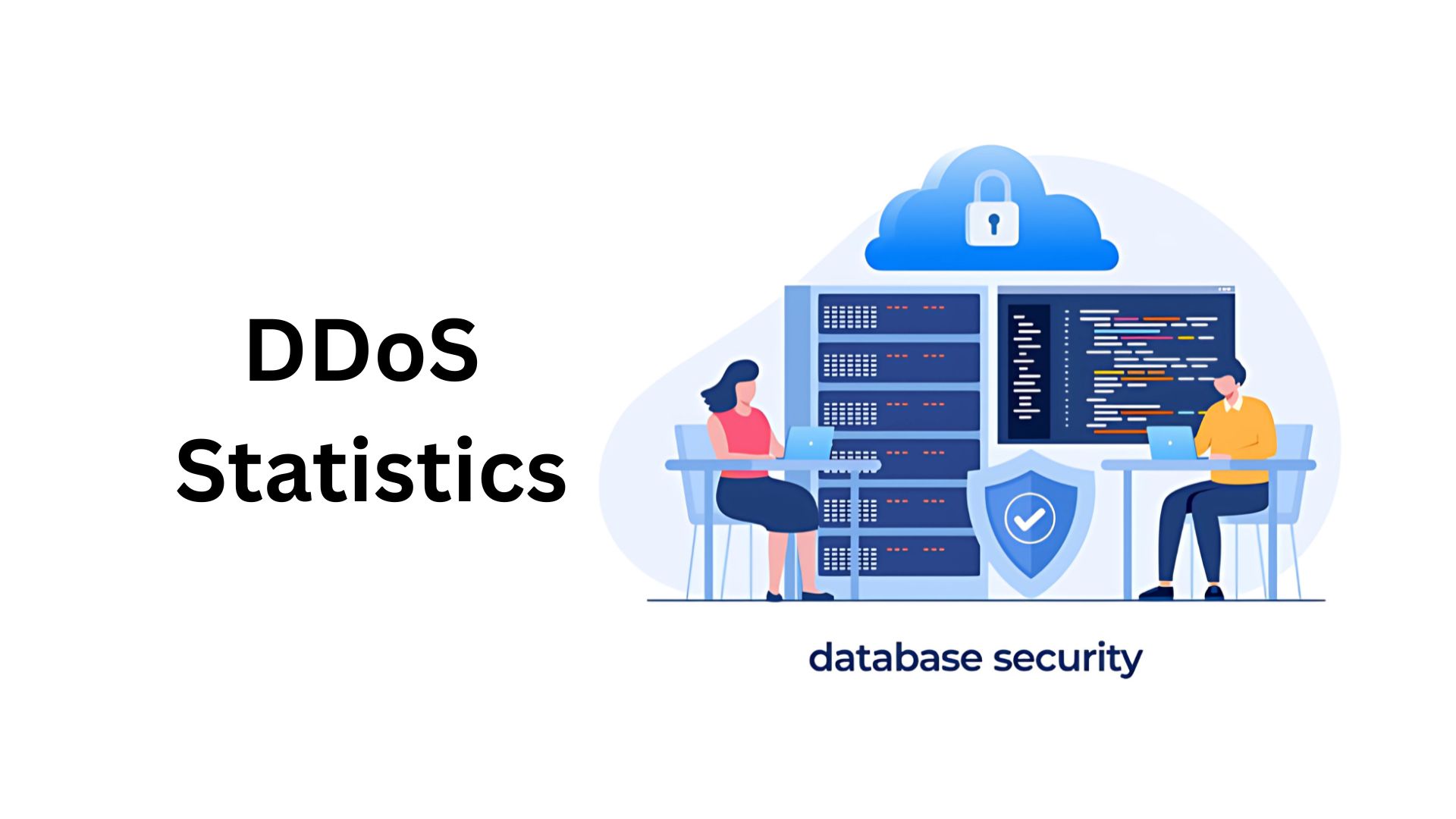
WHAT WE HAVE ON THIS PAGE
- Introduction
- Editor’s Choice
- DDoS Market Share
- Number Of DDoS Attacks By Sector
- Enterprise Demand For DDoS Mitigation Services By Organisation Size
- DDoS Attacks By Quarter
- DDoS Attacks Distributed By Industry
- DDoS Attacks By Country
- Top Sources Of DDoS Attacks
- HTTP DDoS Attack Vectors
- Impact Of DDoS
- Trends In DDoS Attacks
- Conclusion
Introduction
DDoS Statistics: As we move to 2025, cybersecurity is still at risk of distributed denial of service (DDoS) attacks that interrupt services to businesses, governments, and organisations. A DDoS attack takes place when several infected systems bombard a target with traffic so much that it can no longer handle the traffic and goes down.
Due to developments in technology, the frequency, complexity, and gravity of DDoS attacks have greatly increased. Below, we will discuss the current DDoS statistics for 2024 with an emphasis on scale, economic impact, frequency, and other factors.
Editor’s Choice
- According to DDoS Statistics, 2024 is expected to witness a startling increase in DDoS attacks across the globe to about 20 million, which accounts for a 12% increase over the previous year.
- Businesses are considerably affected financially by DDoS attacks. When it interrupts important processes, a normal DDoS attack can cost most small to medium enterprises up to USD 100,000 per hour, and in the case of bigger firms, they can go up to half a million per hour, depending on the length of the attack and the kinds of services affected.
- The total economic loss caused by DDoS events in 2024 will likely exceed ten USD billion, translating into a growth of 15% in comparison with 2023.
- In 2024, approximately 25% of all DDoS offensives are expected to be directed against the Financial services, which will be aimed at Online Banking and Customers accessing their accounts.
- DDoS Statistics reveal that about 18% of the assaults will be aimed at e-commerce and retail businesses and will most likely happen during busy shopping seasons.
- Up to 15% of attacks are likely to target gaming platforms, where players take part in online multiplayer combat.
- In 2024, the greatest DDoS attack was recorded to be 3 Tbps (terabits per second), which is 25% more than the previous year’s biggest attack.
- The average duration of DDoS attacks has dropped from about 30 minutes to one hour.
- These attacks, though shorter, are capable of inflicting severe losses, typically employing a burst strategy in which large amounts of traffic are briefly sent, making them difficult to identify.
- DDoS Statistics projected that multi-vector DDoS assaults, which are DDoS assaults that comprise multiple attack types carried out at the same time by the assailants, will account for approximately 55% of DDoS incidents in 2024, a 20% rise compared to the previous year.
- It is predicted that 40% of all DDoS attacks will be conducted by compromised IoT devices in 2024.
- Businesses are increasing their spending on DDoS prevention. The global DDoS mitigation solution market is forecasted to grow to 5.5 billion USD in 2024, an 18% rise from last year.
- DDoS statistics show that in the first quarter of 2021 alone, over 5.4 million DDoS attacks were reported. This was due to the fact that the COVID-19 pandemic caused an unprecedented and prolonged rise in the number of DDoS attacks.
- After a DDoS attack, companies may experience USD 20,000 to USD 40,000 of losses in an hour.
- Currently, more than 12 million DDoS weapons, including malicious IP addresses, are employed in conducting these attacks.
- The average size of DDoS attacks in the first quarter of the year 2021 was recorded at 150 Mbps. In September of the year 2021, the company Yandex experienced the heaviest DDoS assault ever recorded.
- A new variant of Ransom DDoS attacks is affecting the countries of Russia and Ukraine in particular.
- DDoS attacks were especially widespread in the second quarter of 2022, mostly targeting broadcast media companies in Ukraine.
- However, in Russia, the banking, financial services, and insurance (BFSI) sector was most affected by DDoS attacks, while the next sector was affected by the cryptocurrency industry.
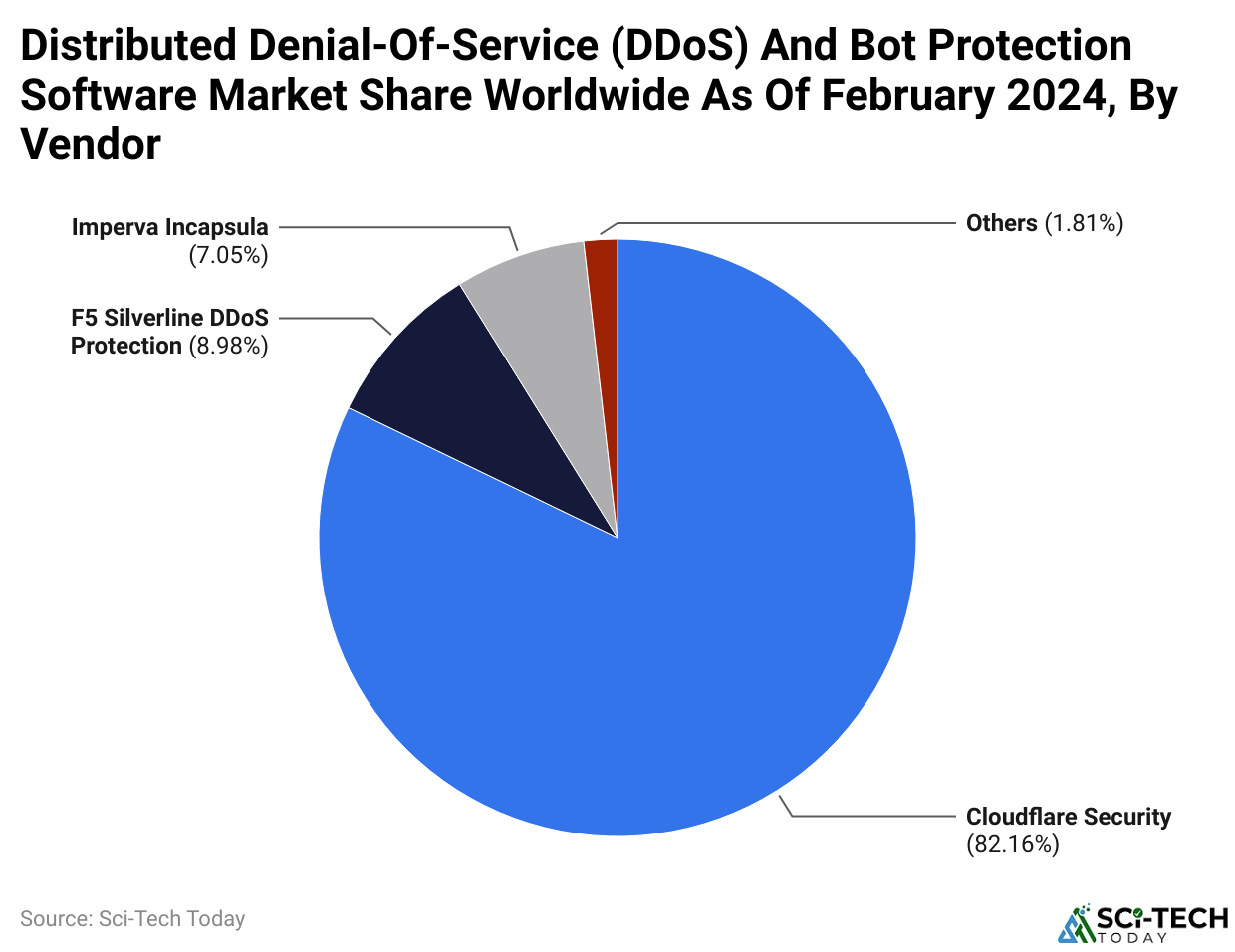 (Reference: statista.com)
(Reference: statista.com)
- DDoS statistics indicate that as of February 2024, Cloudflare Security was the global leader in the DDoS and bot protection software market, with a market share of 82.16%.
- This implies that a large number of organisations all over the world employ Cloudflare DDoS and bot protection solutions.
- Such a high market share suggests that there is a high appetite for Cloudflare’s DDoS protection capabilities and a high level of confidence in its security solutions, which places Cloudflare at the top of the DDoS protection market.
Number Of DDoS Attacks By Sector
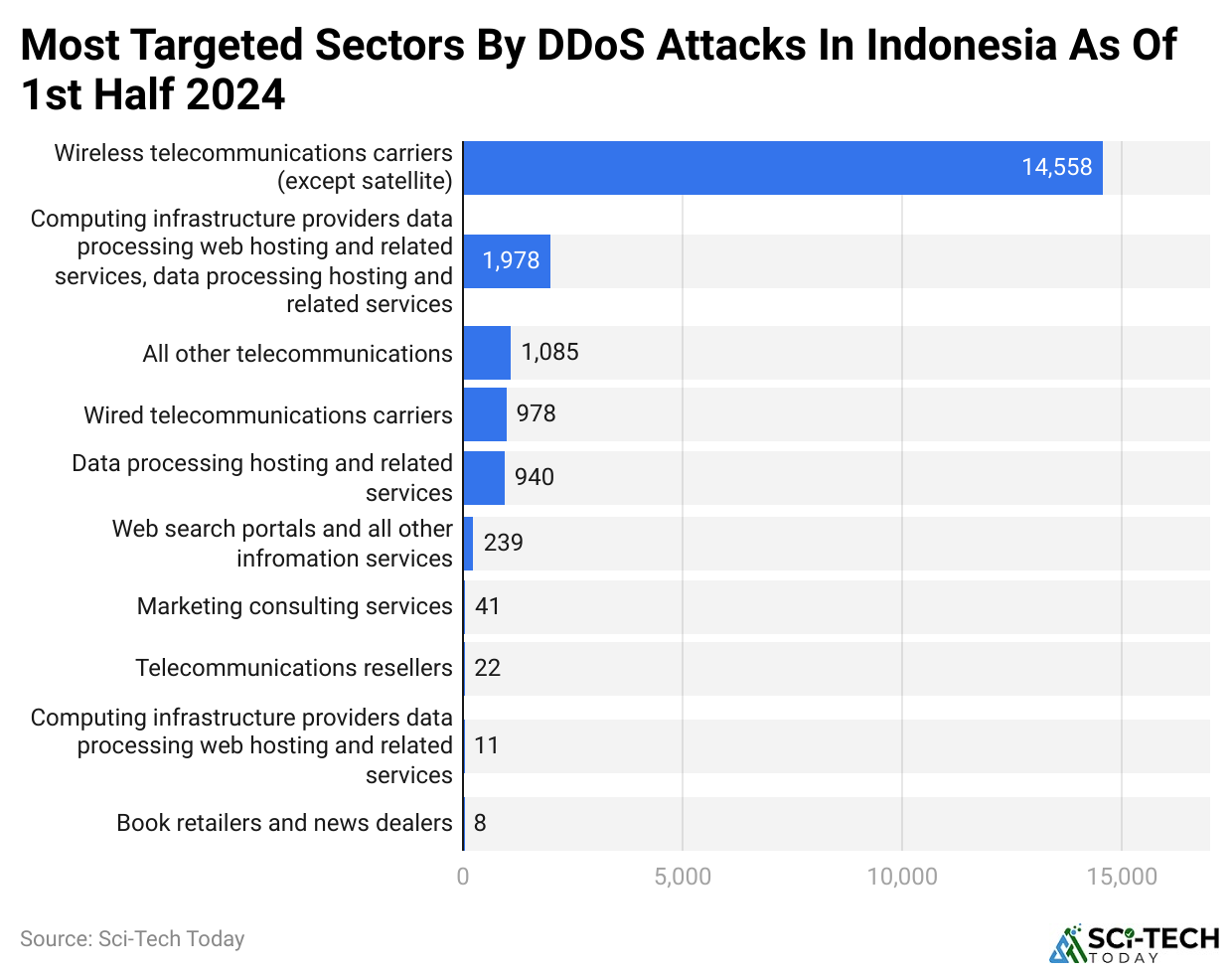 (Reference: statista.com)
(Reference: statista.com)
- According to DDoS statistics, in the first six months of 2024, Indosat and Telkomsel mobile wireless telecommunications carriers recorded a total of approximately 14,558 DDoS attacks.
- A distributed denial-of-service (DDoS) attack is a type of cybercrime where an assailant tries to disrupt a service connected to the internet by flooding the target with giant traffic.
Enterprise Demand For DDoS Mitigation Services By Organisation Size
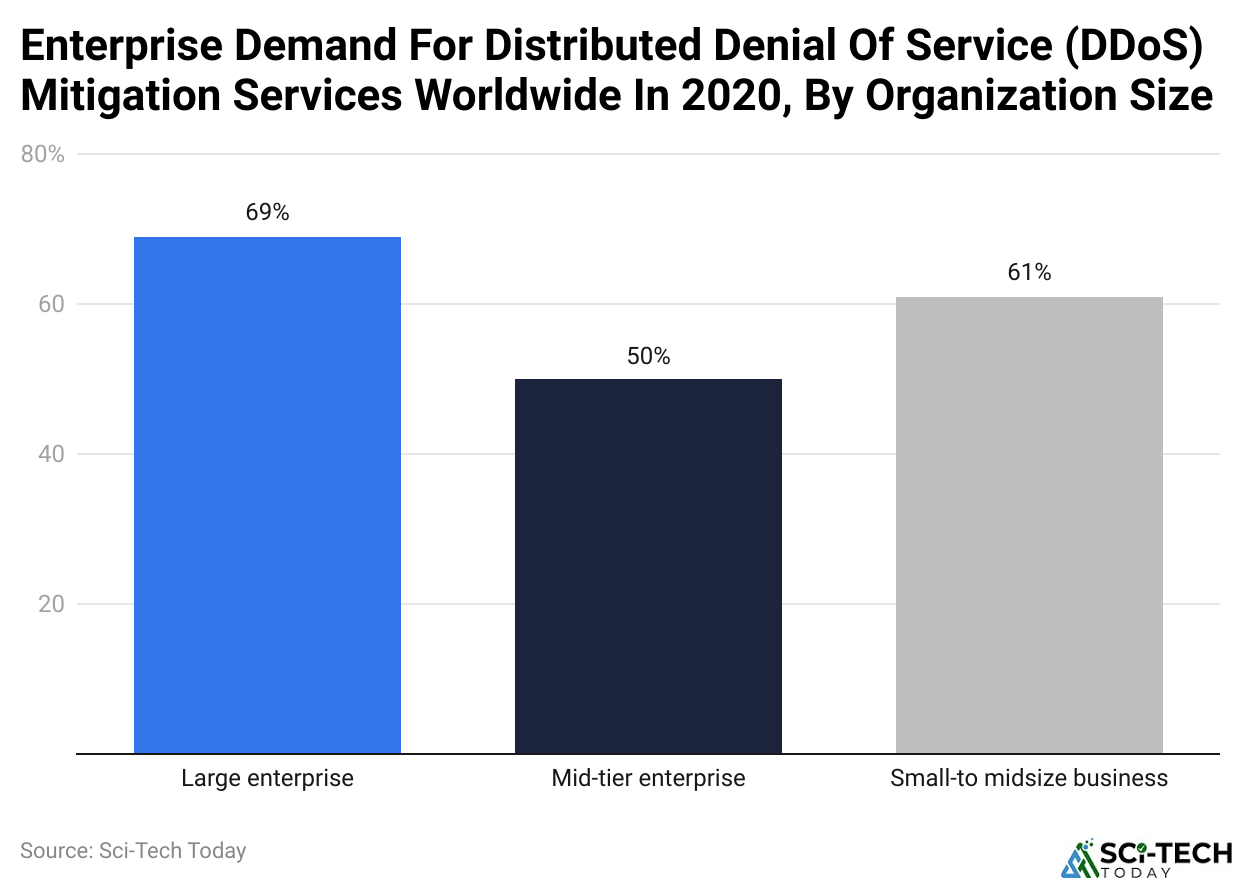 (Reference: statista.com)
(Reference: statista.com)
- DDoS statistics indicate that the year 2020 witnessed 69% of large businesses reporting an increase in the demand for DDoS attacks.
- This form of attack represents a danger to the operations of the organisations since it either reduces the quality of services offered or completely takes down the websites of the businesses.
- To cope with such threats, companies may utilise outsourced protective measures from the cloud or specialised devices that are made to reduce the effects of DDoS attacks.
DDoS Attacks By Quarter
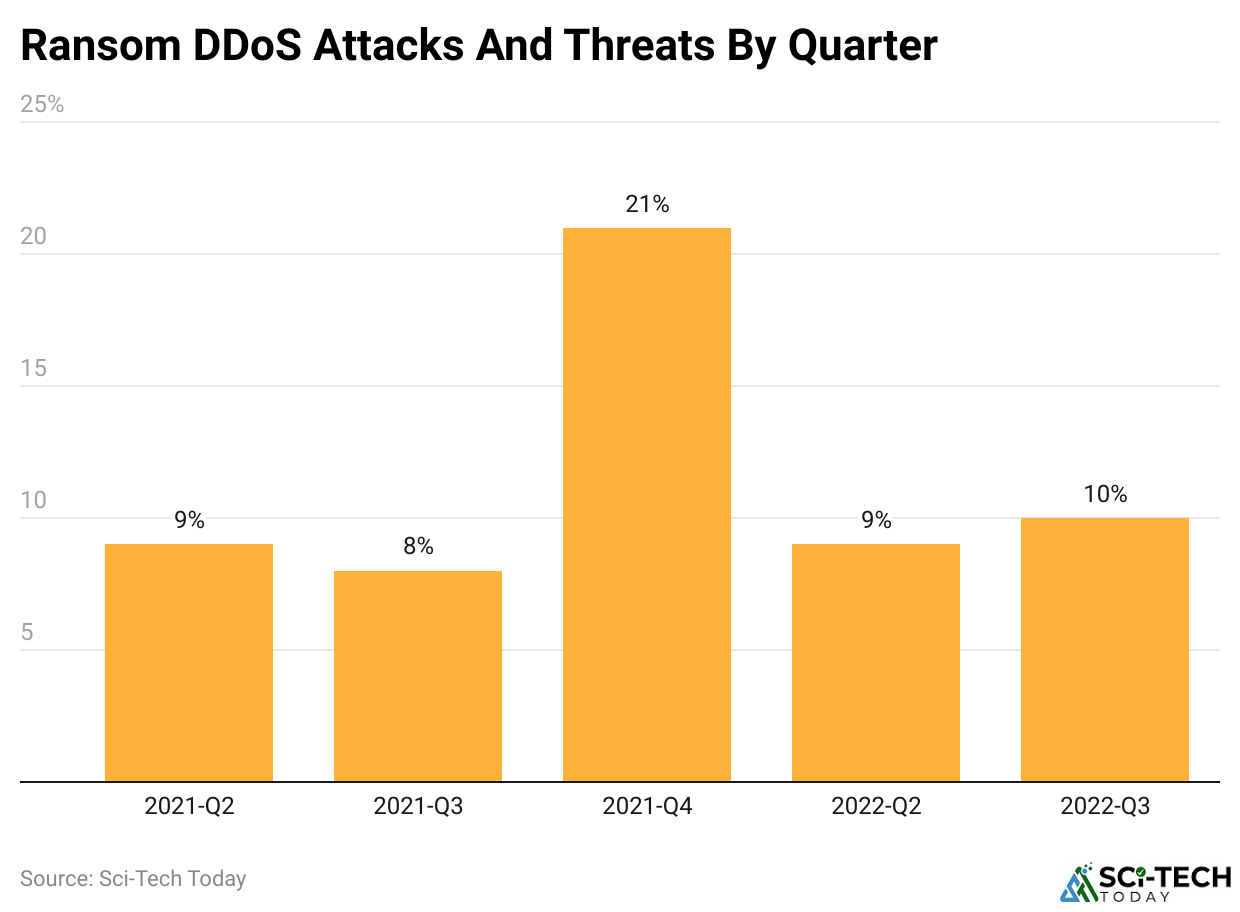 (Reference: enterpriseappstoday.com)
(Reference: enterpriseappstoday.com)
- DDoS statistics show that in Q2 2021, ransom DDoS attacks increased by 11% over the earlier period.
- The attacks themselves were largely perpetrated by a so-called APT group coined as Fancy Bear.
- In 2022 Q2, this has decreased by 12%, but in Q3, it has increased by only 1%.
DDoS Attacks Distributed By Industry
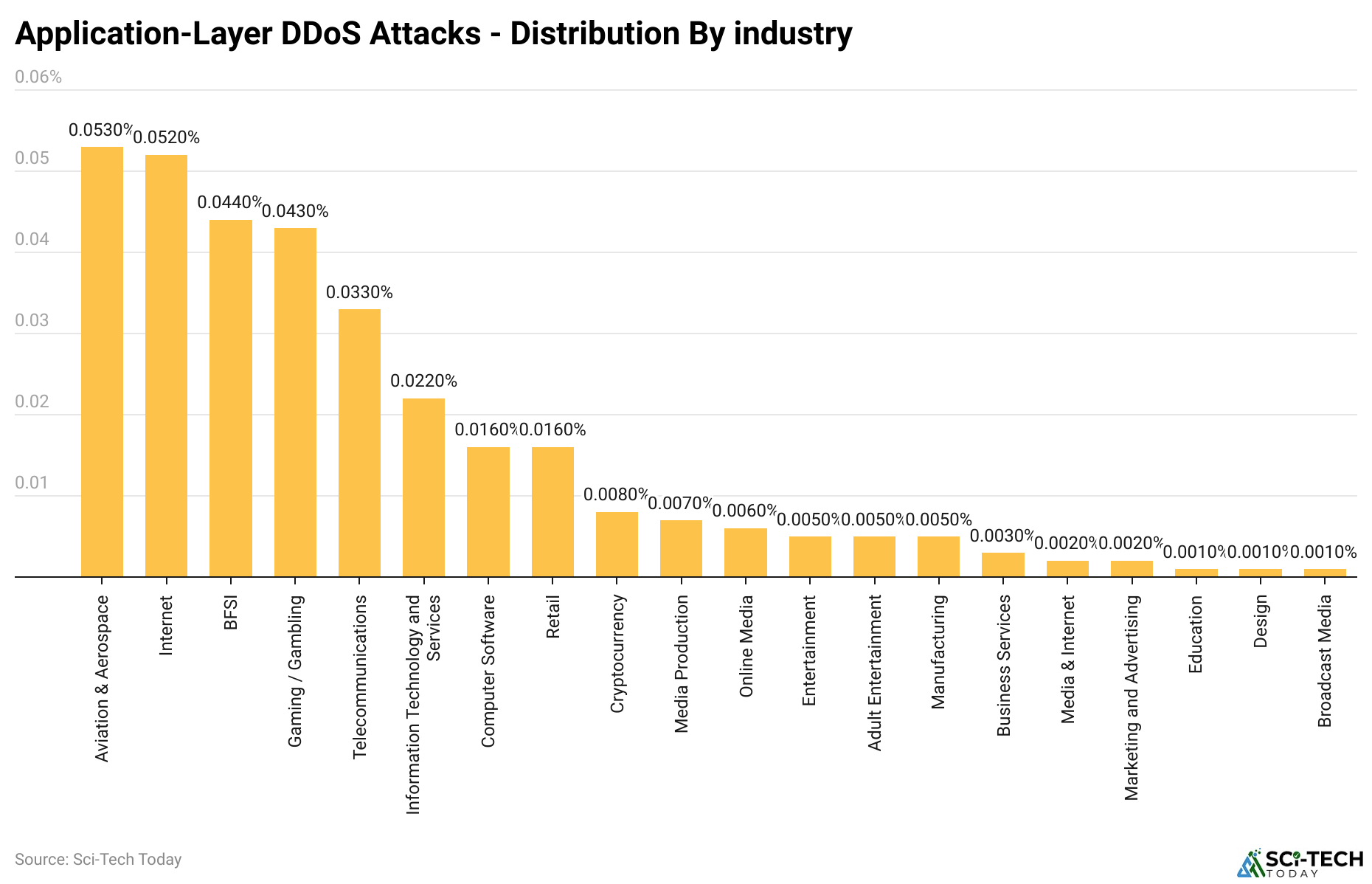 (Reference: enterpriseappstoday.com)
(Reference: enterpriseappstoday.com)
- DDoS assaults attributed to the application layer have increased 72% compared to the previous year.
- Commonly referred to as HTTP DDoS attacks, these assaults are aimed at web servers in order to disable the server’s ability to respond to valid user requests.
- The number of attacks has been on the rise in the US, especially in recent years.
- In addition, the Aerospace and Aviation sphere reported the highest risk, with a 493% increase in attacks of this kind within the second quarter of 2022 alone.
DDoS Attacks By Country
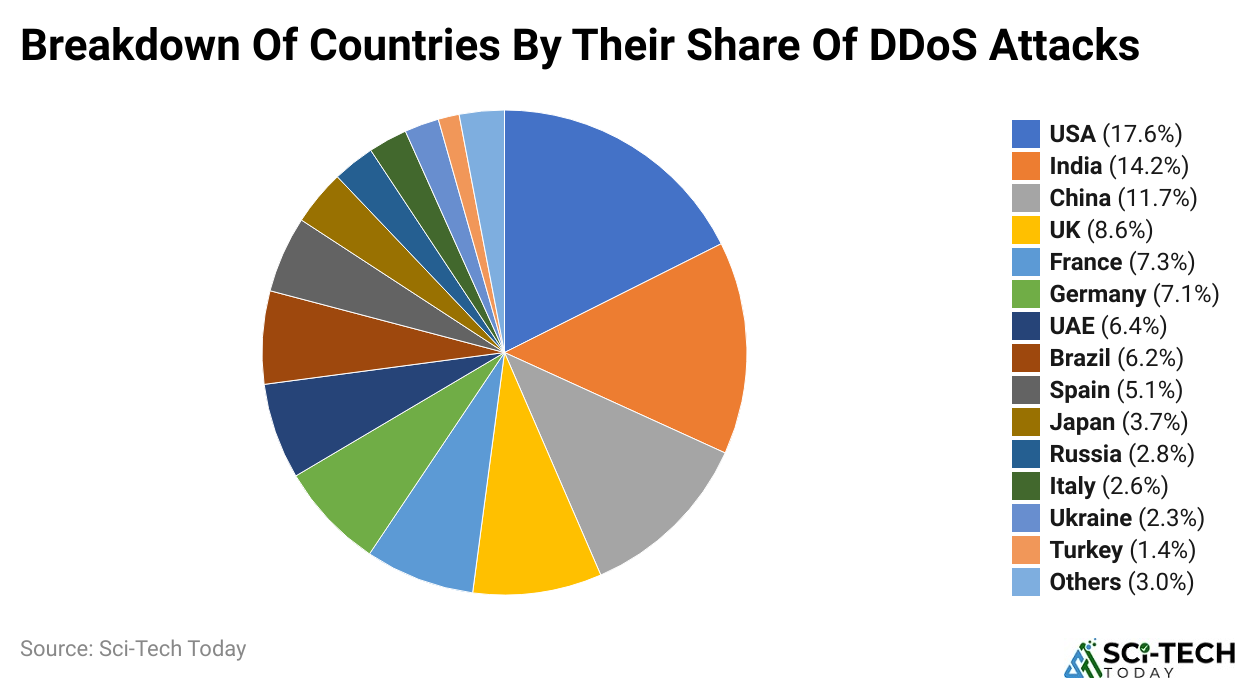 (Reference: enterpriseappstoday.com)
(Reference: enterpriseappstoday.com)
- According to DDoS statistics, in Q1 2023, DDoS attacks were most frequent in the United States, India, and China, accounting for 17.6%, 14.2%, and 11.7% of attacks in each of these countries, respectively.
- Conversely, Turkey was the least attacked out of all the countries, accounting for only 1.4% of total DDoS attacks.
- According to statistics, during the first three months of 2023, DDoS attacks were most productive in the USA, India, and China, accounting for 17.6%, 14.2%, and 11.7% of the attacks, respectively.
- On the other hand, Turkey managed to perform the least of these nations, summing up to a mere 1.4% of all attacks, rendering it the most secure nation in comparison.
Top Sources Of DDoS Attacks
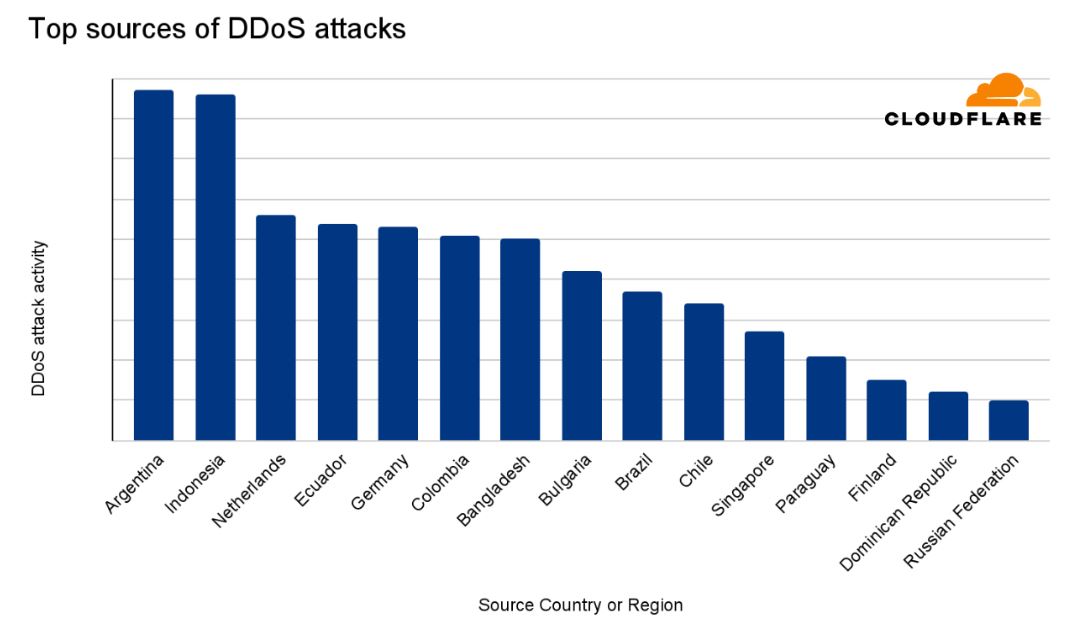 (Source: blog.cloudflare.com)
(Source: blog.cloudflare.com)
- DDoS Statistics show that in the second quarter of 2024, it was found that Argentina was the top country originating DDoS attacks.
- This ranking was derived using the same methodologies, that is, aggregating the entire volume and the normal practice of aggressing the traffic of both HTTP and network-based DDoS attacks into activities ranking.
- Indonesia was in second place, while the third country was the Netherlands.
HTTP DDoS Attack Vectors
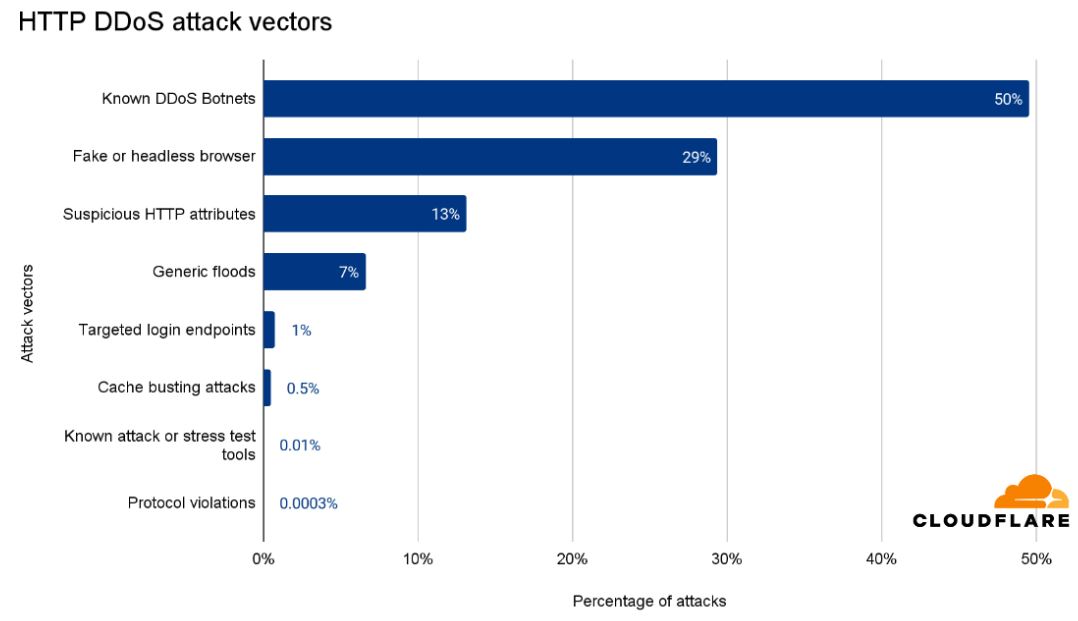 (Source: blog.cloudflare.com)
(Source: blog.cloudflare.com)
- One benefit of operating a vast network is the fact that we can examine and analyse traffic and patterns of attacks on a larger scale.
- This experience allows us to improve our technologies for detecting and mitigating such threats and, therefore, better serve our clients.
- Last quarter, we effectively mitigated 50% of all HTTP DDoS attacks through our proprietary botnet heuristics developed for Cloudflare networks.
- That makes it possible for our systems to generate a real-time anti-attack fingerprint to which incoming attacks can be matched.
- DDoS Statistics reveal that 29% of the HTTP DDoS attacks were performed using false user agents, bot browsers, or even headless browsers.
- Additionally, 13% of attacks were detected for containing suspicious HTTP parameters and activated our WAF, while 7% of attacks were generic flood attacks. It is worth mentioning that these attack vectors or classes are not exclusive of each other.
- For example, it is well known that botnets are capable of browser emulation along with abusive HTTP patterns.
- Nevertheless, this classification is the first step towards systematising HTTP DDoS attacks developed by us.
Impact Of DDoS
- For small and mid-size businesses, the average DDoS incident costs about 52 thousand dollars. However, this figure shoots up to 444 thousand dollars for big corporations.
- Some of the common operational effects are increased load times (52%), reduced load times (33%), failure to complete transactions (29%), and unavailability of the service or service interruption (13%).
- Apart from causing damage to systems or networks, DDoS attacks’ impacts involve loss of revenue, loss of organisational reputation, compromised customer information, defrauding the organisation, piracy and information espionage.
- As of the year 2022, the worldwide industry for DDoS defence and management was estimated at 2.91 billion US dollars, and the estimates are likely to grow to 7.45 billion US dollars by the year 2030.
Trends In DDoS Attacks
- DDoS statistics show that ransom-driven DDoS (RDDoS) attacks, attacks where a ransom is demanded to cease or avert an attack, have risen by 20% in 2024.
- This trend is accompanied by financial and operational risk, particularly to companies with no or few DDoS defences.
- Business experts refer to this trend as DDoS attacks, which are a kind of cyber teleport colluding with a person or organisation to make a DDoS attack on behalf of the perpetrator without the perpetrator’s instructions or knowledge.
- DDoS-as-a-Service on the dark web has contributed to a 15% increase in cheap and low-grade DDoS attacks, as non-technical people can easily pay individuals to hack services for 10 dollars an hour.
- DDoS assaults against essential sectors such as governmental, health, and utilities services have increased by 25%. Typically, the reason for this includes politics and social issues, and the aim is to interfere with the provision of essential services and cause chaos.
- With emphasis on AI-based techniques for DDoS attack detection, deployment of such solutions has increased by 20% in 2024. Identifying such attacks during the attack itself allows for faster mitigation of the attack, lowering its impact.
- DDoS statistics reveal that 45% of DDoS attack victims in 2024 are smaller companies, which usually do not have sufficient funds for comprehensive DDoS attack protection.
- As a result, the distribution of basic DDoS protection options has become inevitable for many of these firms.
- During the last quarter of 2021, the manufacturing sector appeared to be the cyber attackers’ favourite, and attacks heightened by an incredible 641%.
- The DDoS protection and mitigation market is set to register impressive growth by reaching USD 6.7 billion by 2026, which represents a compound annual growth rate of 15.1%.
- One of the well-practised attack methods is DDoS and DoS. Other common attacks include man-in-the-middle configuration (MIM) attacks, social engineering, drive-by, and password-cracking attacks.
- In 2021, the DDoS attacks were mainly focused on the Asia Pacific, where around 33% of attacks were directed towards Taiwan and 46% of the region as a whole.
- The HULK (HTTP Unbearable Load King) was the leading DDoS attack tool in 2020. HULK was famed for its cache engine defeating ability and unique traffic generation, resulting in an extreme volume of web server requests.
- Tales of botnet attacks show that a majority of them occurred between January and March 2021.
- A botnet is a set of computers assembled using malware that acts as a device owned by someone else but which cannot be operated by the owner of all the devices in the set.
- It has been reported that large corporations incur losses amounting to about USD 417,000 because of DoS attacks.
- It’s reported that around 7% of DDoS attacks on trade services last more than one week, whereas almost 12% of the interviewed companies believe that such attacks are caused by their rivals.
- Most DDoS attacks result in some level of service interruption.
- About 20% of DDoS attacks have happened to mid-size companies with over 50 workers. Most of these firms have reported at least one attack.
- An example here is the WordPress vulnerabilities in 2014 towards a DDoS attack that came to encompass some 18 million users.
- There are technologies such as that offered by Cloudflare that add an additional protective layer against such threats, while users of F5 Networks are available round the clock for assistance with DDoS attacks.
Conclusion
In the year 2024, DDoS statistics attacks will be more complex, more common, and more expensive than ever before, contributing to an annual cost of above USD 10 billion worldwide. Financial services, online retail, and gambling sectors are still the leading attack targets, but complexities in threat dynamics are increasing owing to the emergence of ransom attacks and multi-vector approaches. With many corporations and institutions investing in DDoS protection systems, advances in AI and machine learning are now enabling effective protective defences.
However, as the attackers adjust theirs, even normal vigilance and resource allocation may not be enough to anticipate DDoS threats in the future, which will have to count on radical creativity.
FAQ.
DDoS attacks (Distributed Denial-of-Service) are actions by many systems that besiege a target with excessive traffic, resulting in the target’s inability to serve its purpose. For companies, this may have an adverse impact and cost them about $100,000 per hour for small to medium businesses and $500,000 per hour for big businesses, depending on the comparative intensity of the attack and services in question.
In 2024, the number of DDoS attacks aims to reach about 20 million, which is a growth of 12% from the previous year’s projection. The financial service sector will be mainly impacted and will represent roughly a quarter of all attacks, followed by e-commerce and retail at 18% and gaming sectors at 15%.
The global DDoS mitigation solutions market in 2024 is expected to experience a growth of $5.5bn, up from $4.6bn in 2023 and up 18% over the previous year. The market will further increase and reach $6.7 billion by 2026, reflecting a staggering compound annual growth rate (CAGR) of 15.1%.
In 2024, it is expected that ransom-driven DDoS attacks (RDDoS) will increase by 20%, while multi-vector DDoS attacks will make up around 55% of cases. Moreover, it was reported that the adoption of AI techniques for DDoS attack detection systems has increased by 20%, thus allowing quicker responses and, subsequently, less damage due to these attacks.
According to the Q2 2024 statistics, the countries producing DDoS attacks in the greatest numbers are spearheaded by Argentina, with the highest prevalence, trailed by Indonesia and the Netherlands. These statistics are based on the total number of DDoS attacks comprising layers of network and HTTP attacks.

Joseph D'Souza founded Sci-Tech Today as a personal passion project to share statistics, expert analysis, product reviews, and experiences with tech gadgets. Over time, it evolved into a full-scale tech blog specializing in core science and technology. Founded in 2004 by Joseph D’Souza, Sci-Tech Today has become a leading voice in the realms of science and technology. This platform is dedicated to delivering in-depth, well-researched statistics, facts, charts, and graphs that industry experts rigorously verify. The aim is to illuminate the complexities of technological innovations and scientific discoveries through clear and comprehensive information.


